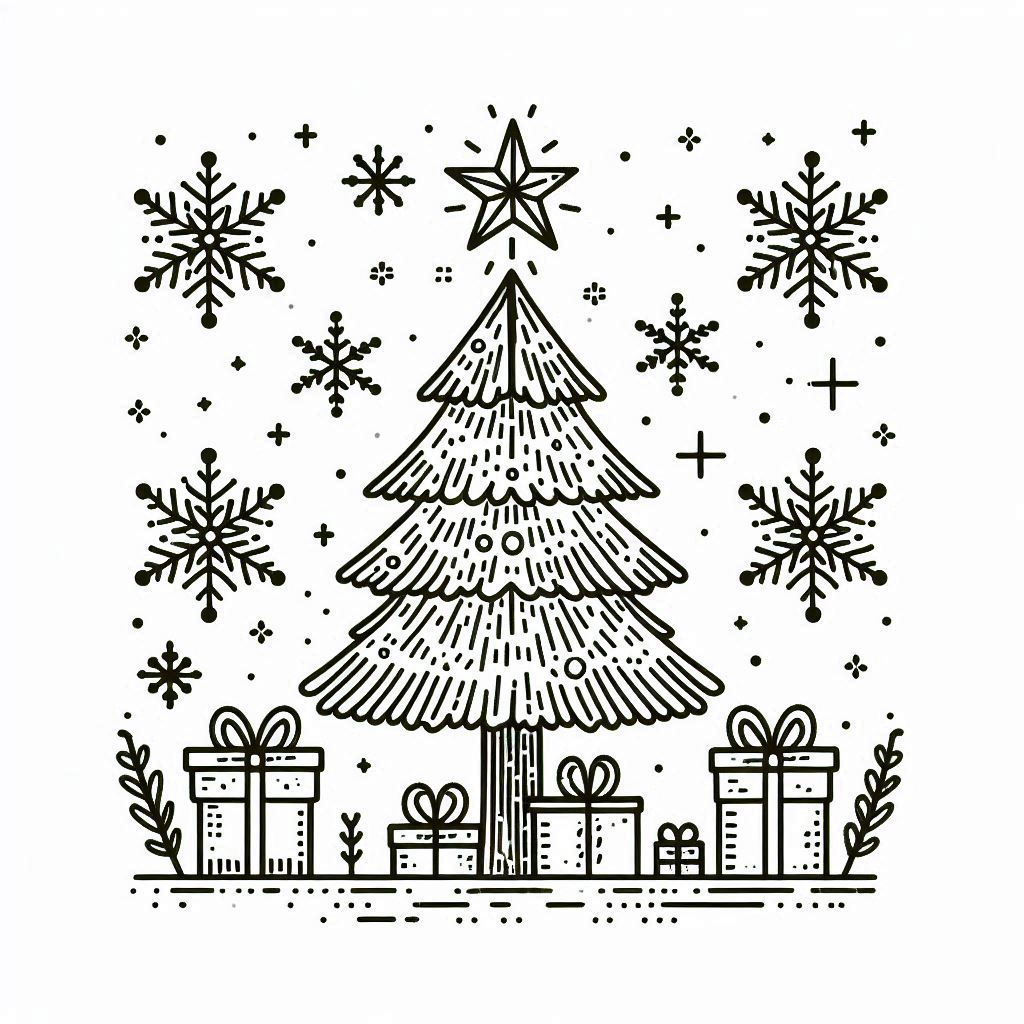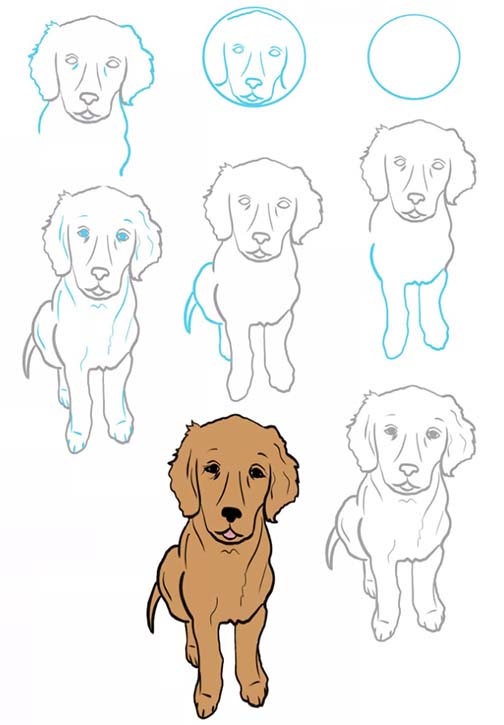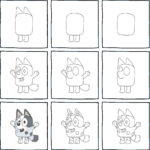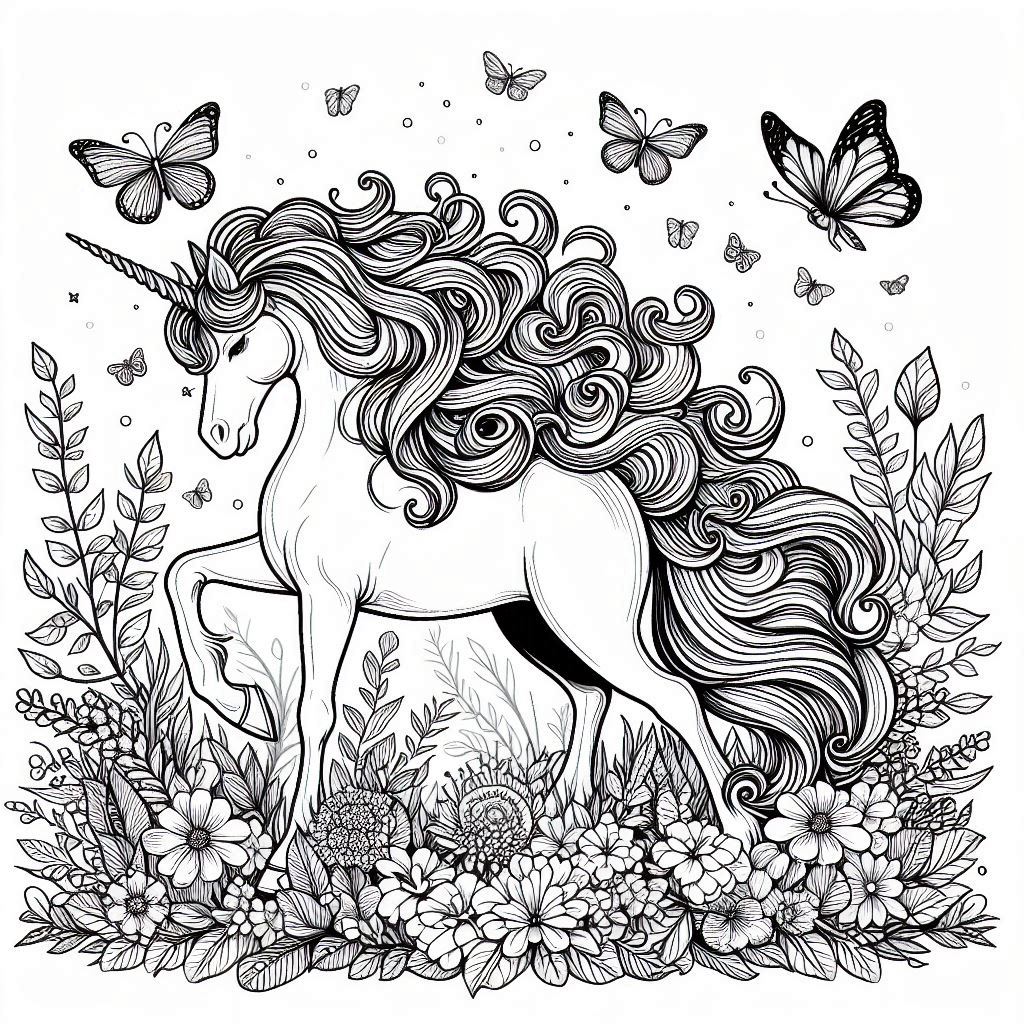How to draw a nose?
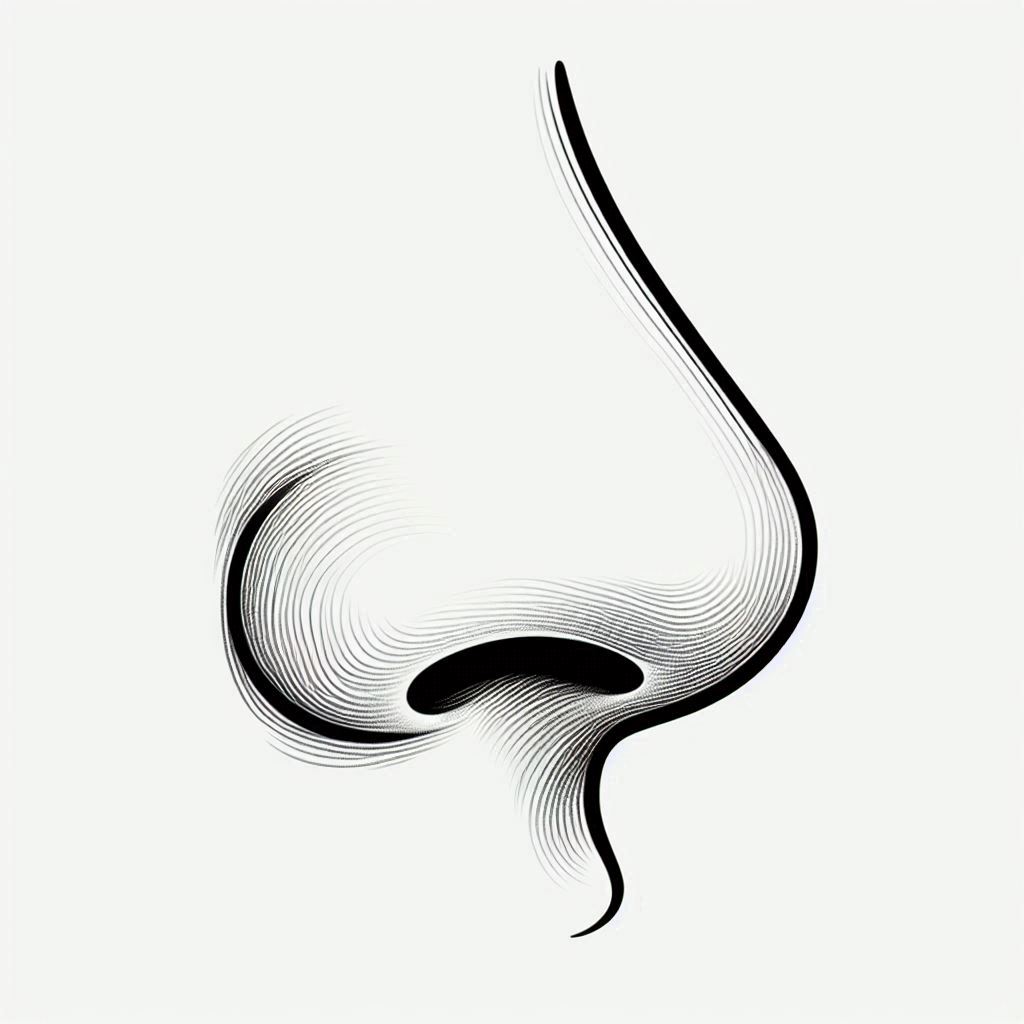
The nose is one of the most characteristic features of the face, and also one of the most difficult to draw. It is often neglected or presented in a simplified way, which takes away from the realism of the portraits. But let's not get discouraged! With the help of a few simple tips, anyone can learn to draw noses, that will look natural and effective.
1. Observation is the key:
Before we grab a pencil, let's take a moment to observe real noses. Let's pay attention to their shapes, proportions, details such as nostrils and light refractions. Let's analyze noses in different types of lighting and from different perspectives. We can also look for reference photos, which will serve as inspiration for us.
2. Basic shapes:
Let's start by sketching simple shapes, which determine the basic structure of the nose. It generally consists of three parts: back, tip and wings. The ridge is the longer line running from the forehead to the tip. The tip is the rounded or sharp end of the nose. The wings are soft, cartilaginous structures on the sides of the nose, surrounding the nostrils.
3. Adding details:
Once we have an outline of the basic shapes, we can gradually add details. Let's draw delicate lines around the nostrils, Let's mark the refractions on the back and tip of the nose. Let's remember about shading, which will give the drawing three-dimensionality. Let's use soft crayons or charcoal, to obtain smooth tonal transitions.
4. Perspective:
The way of drawing the nose depends on its position in space. The nose seen from profile will look completely different than from the front or from ¾ profile. It is important to, to observe foreshortening and adjust shapes and proportions to the selected perspective.
5. Practice makes perfect:
As with any skill, drawing noses requires regular practice. Let's not get discouraged, if the first attempts are not perfect. The more we draw, the better our observations will be and the easier it will be for us to convey the details and three-dimensionality of the nose on paper.
Additional tips:
- Let's pay attention to the proportions. The nose should be approximately 1/3 face length.
- Let's not forget about light and shadow. They give the drawing depth and realism.
- Let's use different crayons with different degrees of hardness, to achieve a variety of effects.
- Let's experiment with different drawing techniques. We can use crayons, coal, and even paints.
- Let's have fun and enjoy drawing!
Let's remember, that drawing is not only about imitating reality, but also a form of self-expression. Let's not be afraid to experiment and give our drawings our own character.
I hope, that these tips will help you draw beautiful and realistic noses!
